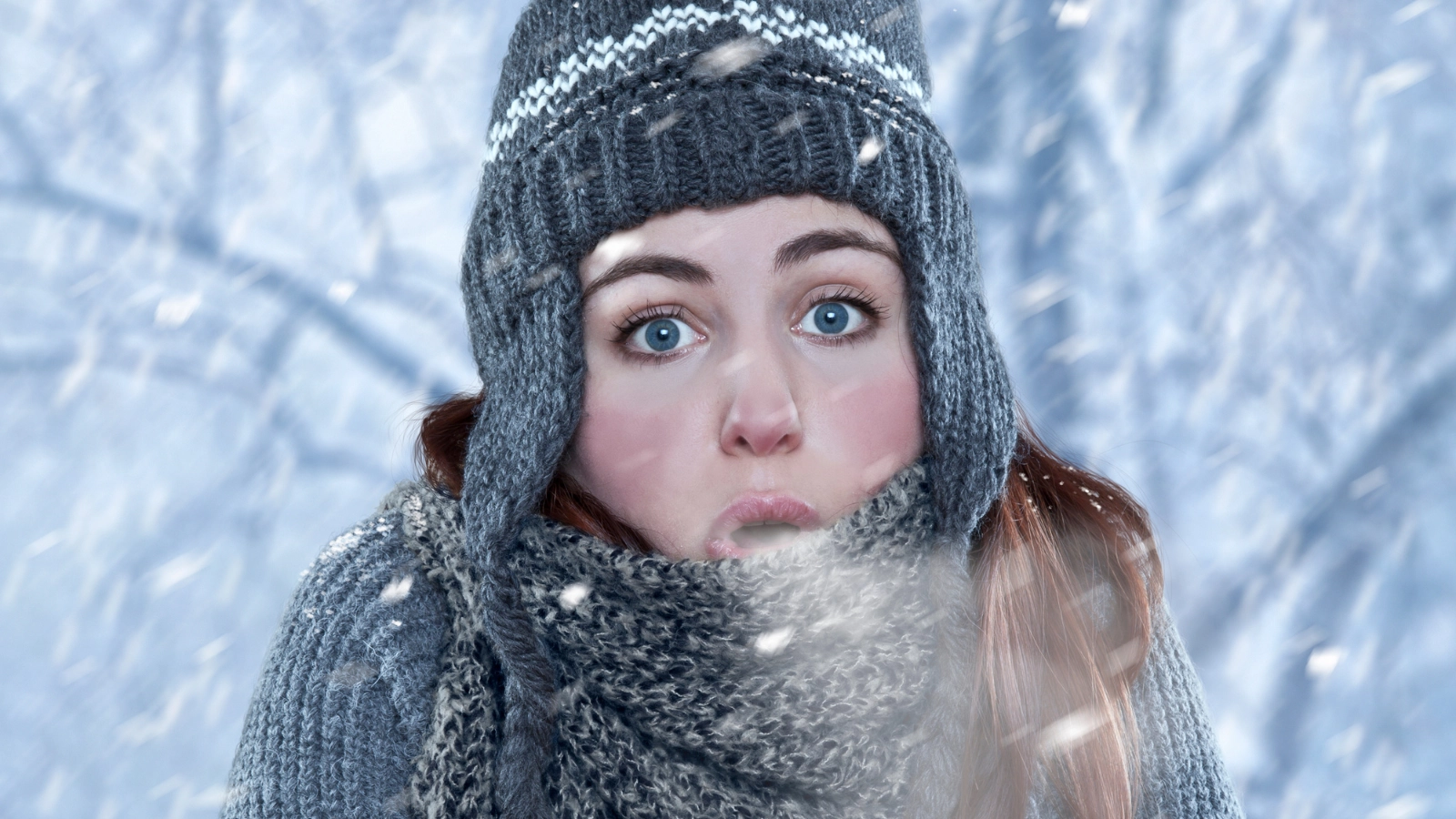In addition to freezing your pipes, a change in the polar vortex is an indication of global warming.#Minnesota #St. Paul, Minnesota #News #Weather
Minnesota’s St. PaulParts of the United States may experience bone-chilling cold freezes every winter as the polar vortex rears its chilly head. For those of us in Minnesota, this is particularly true. Although this potent weather event sounds like something from a science fiction film, it actually exists in our atmosphere. Severe winter storms and arctic temperatures can speed southward when the polar vortex dissipates. How does it impact your winter, and what is it exactly?
What is the Polar Vortex?
The polar vortex is a massive, revolving mass of air that circles the North Pole and is located in the stratosphere, around 20 miles above the surface of the earth. Consider it the natural air conditioning system of the globe. The vortex typically helps to preserve warmer winter temperatures in regions like the eastern United States, northern Europe, and portions of Asia by trapping chilly Arctic air in the far north.
However, the frigid air can no longer be held in place when this jet stream weakens or changes. In places that aren’t accustomed to such extremes, this frequently results in freezing temperatures and intense snowstorms as the cold air escapes and drifts southward.
Why Has the Polar Vortex Been Acting Up?
The polar vortex has weakened and shifted more readily in recent years, making it more likely to wobble. Storms that extend farther than usual and unexpected cold snaps have resulted from this cycle. Although the exact cause of these alterations is yet unknown, there is mounting evidence that the occurrence is related to Arctic changes.
Sea ice is melting quickly as the Arctic warms more than twice as quickly as the rest of the earth. Without the thick layer of ice to act as a barrier, more heat escapes from the oceans, warming the air above. This warming disrupts the jet stream, making it easier for the polar vortex to push its icy air southward, affecting places like Chicago and Boston.
The Global Warming Link
Despite being startling, these extreme cold spells are a symptom of global warming. The disruption of air patterns that hold the cold in place is associated with warmer Arctic temperatures. Therefore, a shift in the polar vortex is a result of climate change rather than the Earth cooling. Despite these cold events, global temperatures continue to rise, and 9 of the 10 warmest years ever recorded have occurred in recent decades.
The truth is, the polar vortex is more than just a weather oddity. It s a clear signal of how interconnected the world s climate systems are and a reminder of the ongoing effects of global warming.
Associated Subjects: Minnesota|Science|Climate
We appreciate your input!Was this article thought-provoking, inspirational, or educational to you? Join the conversation by leaving a comment below. We value your feedback and eagerly await your response!
Note: Every piece of content is rigorously reviewed by our team of experienced writers and editors to ensure its accuracy. Our writers use credible sources and adhere to strict fact-checking protocols to verify all claims and data before publication. If an error is identified, we promptly correct it and strive for transparency in all updates, feel free to reach out to us via email. We appreciate your trust and support!



